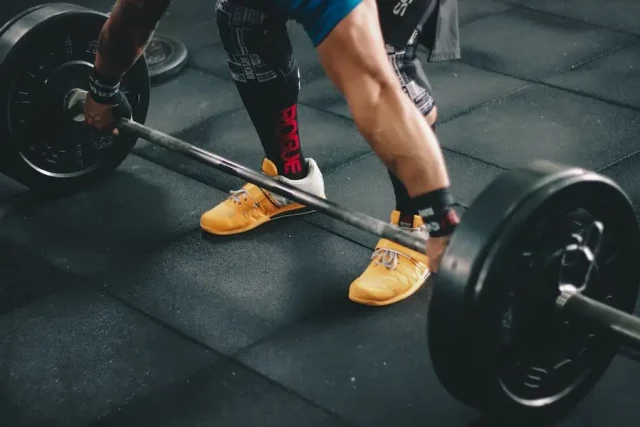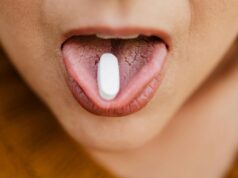Varicose veins are a widespread vascular condition that affects millions of people worldwide. Fortunately, VARCOSIN is made to help you treat and prevent them and manage this condition. In this comprehensive blog post, we’ll delve into the causes, symptoms, risk factors, diagnosis, and treatment options for varicose veins, as well as explore lifestyle changes that can help prevent their development. To ensure the accuracy and relevance of our information, we’ll rely on current research, medical facts, and statistics.
What Are Varicose Veins?
Varicose veins are enlarged, twisted veins that appear close to the skin’s surface, most commonly in the legs and feet. They occur when the valves within the veins become weak or damaged, causing blood to pool and the veins to become swollen.
The primary cause of varicose veins is the failure of the one-way valves inside the veins, which help regulate blood flow back to the heart. When these valves become weak or damaged, blood can flow backward and accumulate in the veins, leading to their enlargement. Common symptoms of varicose veins include:
- Visible, bulging veins
- Swelling in the legs or ankles
- Aching or throbbing pain
- Heavy or tired-feeling legs
- Skin discoloration around the affected veins
Risk Factors For Varicose Veins
While anyone can develop varicose veins, certain factors increase the likelihood of their occurrence:
- Age: The risk of developing varicose veins increases with age as the valves in the veins weaken over time.
- Gender: Women are more likely to develop varicose veins than men, possibly due to hormonal fluctuations during pregnancy, menstruation, and menopause.
- Heredity: A family history of varicose veins increases the likelihood of their development.
- Pregnancy: The increased blood volume during pregnancy can put added pressure on the veins, leading to varicose veins.
- Obesity: Excess body weight puts additional strain on the veins, increasing the risk of varicose veins.
- Sedentary lifestyle: Prolonged sitting or standing can cause blood to pool in the legs, contributing to the development of varicose veins.
Diagnosis And Medical Treatment
If you suspect you have varicose veins, consult a healthcare professional who will examine your legs and assess your symptoms. In some cases, they may recommend further testing, such as a Doppler ultrasound or venogram, to evaluate blood flow and identify any underlying issues. There are several medical treatment options available for varicose veins, including:
- Compression stockings: These specialized stockings apply pressure to the legs, promoting blood flow and reducing swelling and discomfort.
- Sclerotherapy: A solution is injected into the affected veins, causing them to collapse and gradually fade away.
- Endovenous laser treatment: A minimally invasive procedure that uses laser energy to close off the affected veins.
- Radiofrequency ablation: This procedure involves using radiofrequency energy to heat and close the varicose veins.
- Surgical options: In more severe cases, surgery may be necessary to remove or tie off the affected veins.
Preventive Measures And Lifestyle Changes
While not all cases of varicose veins can be prevented, there are steps you can take to reduce your risk and alleviate symptoms:
- Regular exercise: Engaging in physical activities like walking, swimming, or cycling can improve circulation and strengthen the muscles that support the veins.
- Maintain a healthy weight: Losing excess weight can help alleviate pressure on the veins and reduce the risk of varicose veins.
- Elevate your legs: Raising your legs above your heart for 15-30 minutes several times a day can help reduce swelling and improve blood flow.
- Avoid prolonged sitting or standing: Changing your position frequently throughout the day can help prevent blood from pooling in the legs.
- Wear compression stockings: If you’re at risk for developing varicose veins, wearing compression stockings can help promote blood flow and reduce swelling.
In Conclusion
Understanding the causes, symptoms, and risk factors of varicose veins is essential for proper diagnosis and treatment. By adopting a healthy lifestyle and taking preventive measures, you can reduce your risk of developing this common vascular condition and alleviate any associated discomfort.














